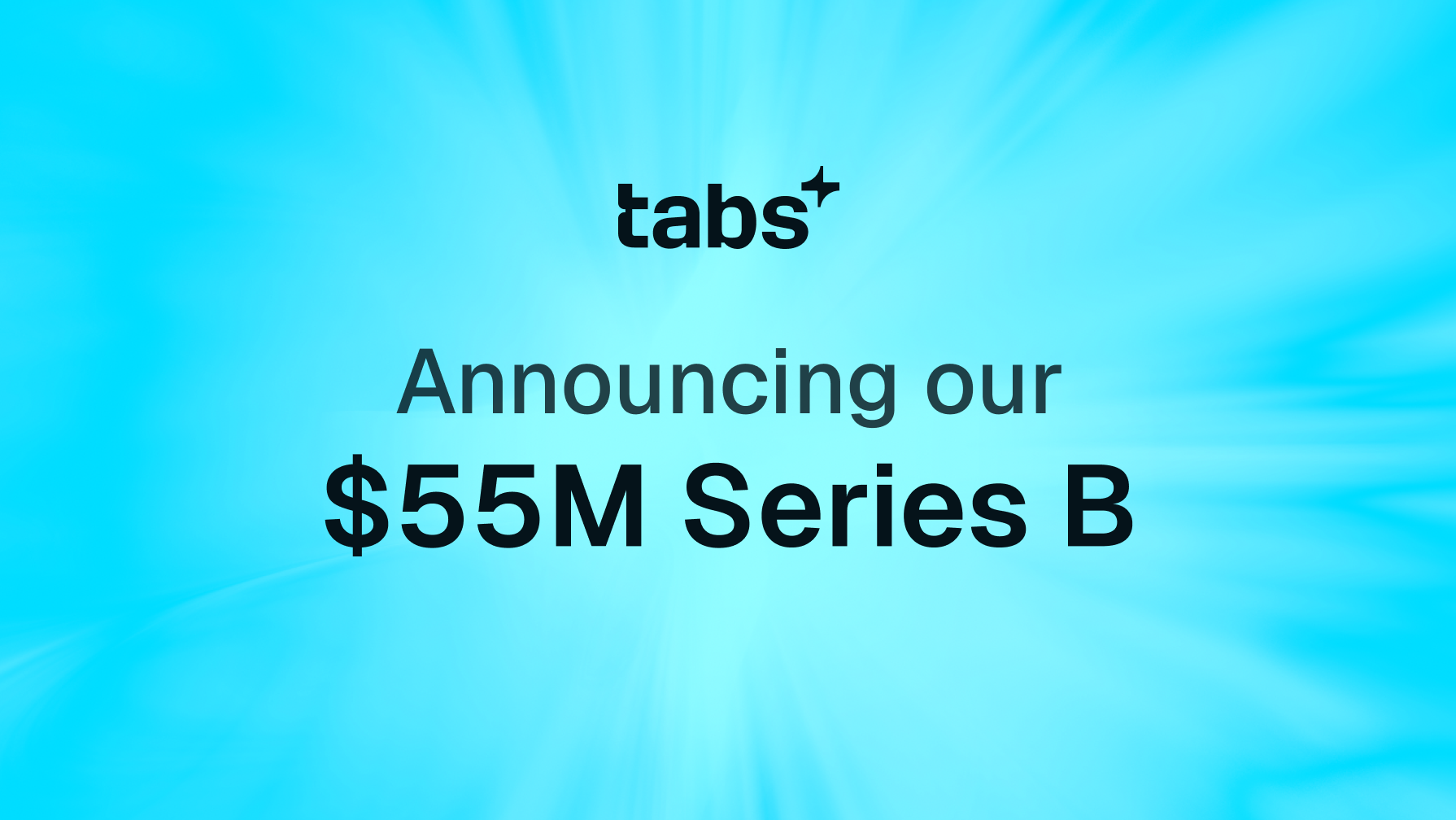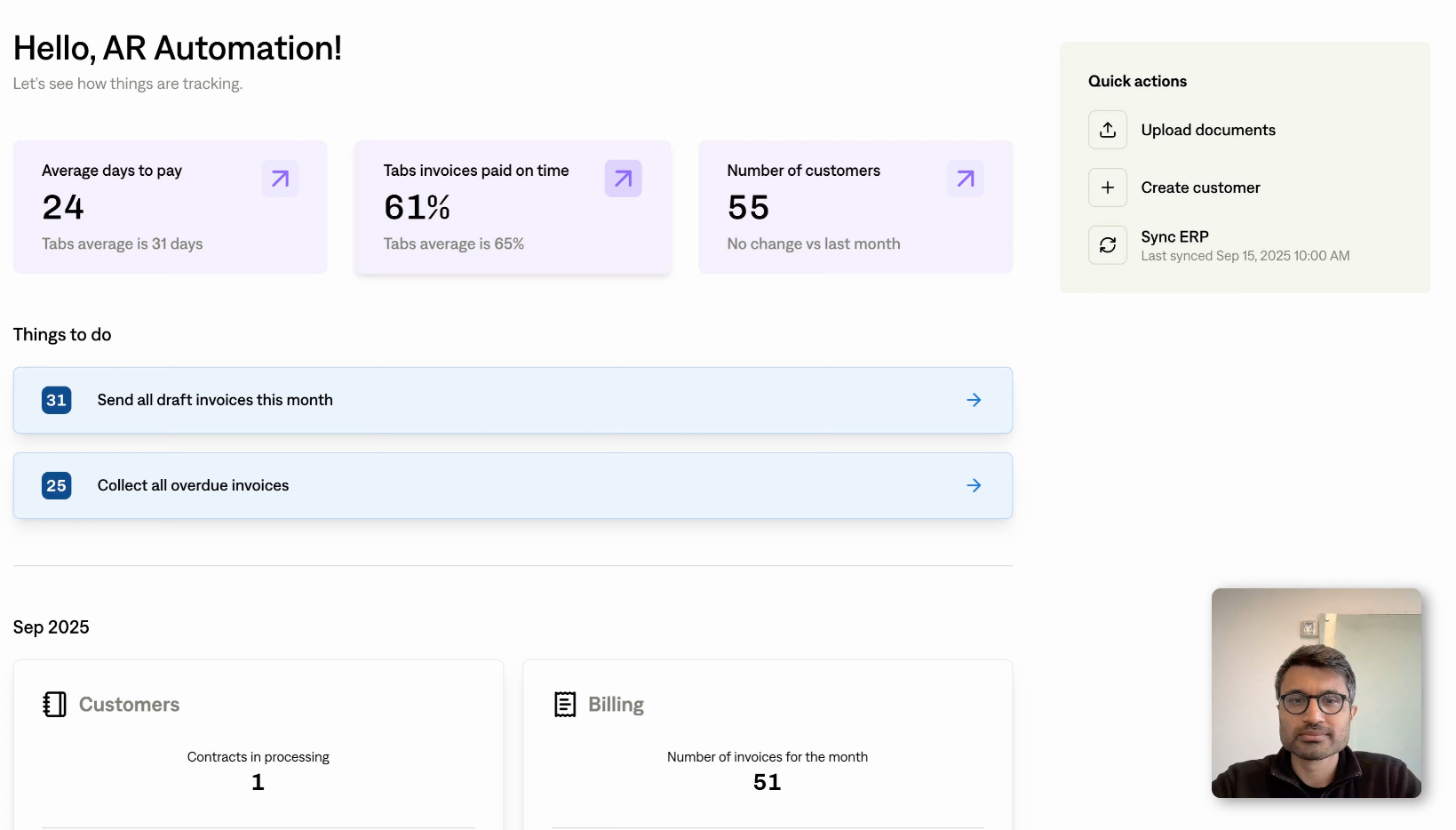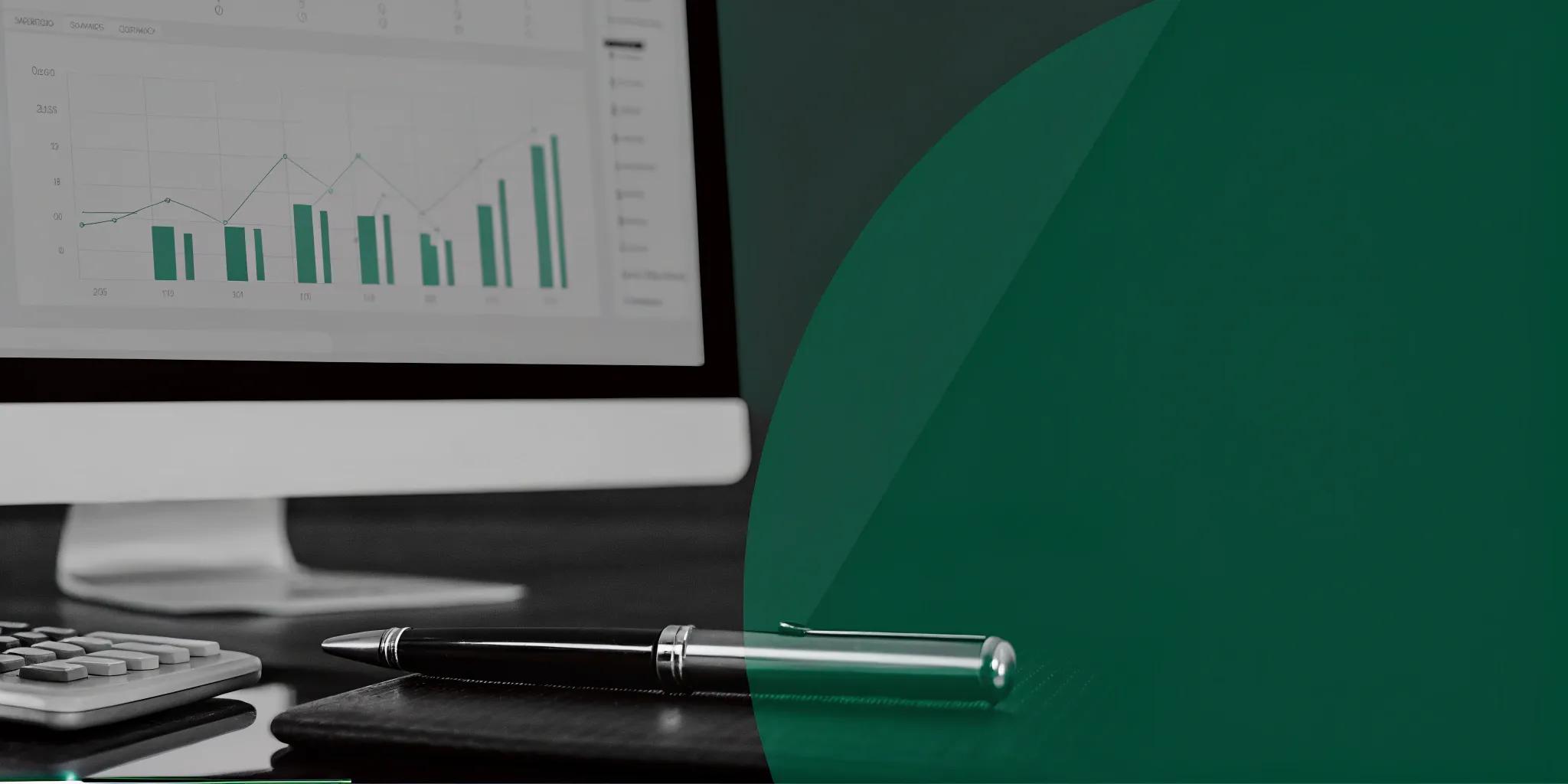Running a SaaS business is challenging enough without the added complexity of manual revenue recognition. Spreadsheets and complex formulas can only take you so far. If you're ready to streamline your financial processes, improve accuracy, and gain real-time visibility into your revenue streams, then it's time to consider revenue recognition software.
This guide will demystify the process, explaining what to look for in a solution, how to implement it seamlessly, and how to leverage its power to scale your business effectively.
Key Takeaways
- Modern SaaS businesses need revenue recognition software: Automating compliance with ASC 606 and IFRS 15 ensures accurate financials and frees up your team's time. Choose a solution that integrates with your existing tech stack.
- Find the right software by focusing on your needs: Consider your current revenue streams, reporting requirements, and future growth plans. Look for features like automated calculations, contract management, and robust reporting.
- Implementation is a journey, not a destination: Plan your deployment carefully, train your team thoroughly, and regularly review your system's performance. Ongoing optimization and collaboration with your software provider ensure long-term success.
What is Revenue Recognition Software?
Revenue recognition software automates how your business recognizes revenue, making sure you comply with accounting standards like ASC 606 in the US and IFRS 15 internationally. These standards require companies to recognize revenue when earned, not just when you invoice a customer. This is especially important for SaaS businesses with subscription models, where revenue streams in over time.
Accurately recognizing revenue gives you a clear picture of your company's financial health, which is key for smart decision-making. For more details on revenue recognition principles, Investopedia offers a helpful overview.
Challenges It Solves
Manually managing revenue recognition under these standards is complex and risky, especially for SaaS companies with various pricing and billing cycles. Think tiered subscriptions, add-ons, and discounts—all these make calculating revenue tricky. Revenue recognition software automates this, reducing errors and freeing up your finance team.
A centralized revenue recognition policy, paired with the right software, tackles these challenges and keeps your reporting consistent and accurate. Many software companies find ASC 606 particularly challenging, and automating it with software simplifies compliance.
Must-Have Features
Choosing the right revenue recognition software can feel overwhelming. To simplify your search, focus on these must-have features:
Compliance with Accounting Standards
Your software should automate compliance with ASC 606 and IFRS 15. This ensures accurate revenue reporting and keeps you audit-ready. Look for software that uses AI to automate complex calculations and reduce manual data entry, minimizing errors and saving you time. This automation also helps ensure compliance with evolving accounting standards, so you can adapt to changes.
Automated Revenue Calculations
Beyond basic calculations, your software should handle complex, multi-element arrangements, subscriptions, and recurring billing scenarios. Features like automated proration, allocation, and deferral calculations are essential for accurate revenue reporting. The right software will integrate with your existing accounting system to streamline your financial processes.
Look for features that automate the five-step revenue recognition model, from identifying performance obligations to reporting recognized revenue. Tabs, for example, helps you automate complex invoicing for various subscription models.
Contract Management
Effective contract management is crucial for SaaS businesses. Your revenue recognition software should extract key contract terms, track performance obligations, and manage renewals and amendments. This centralized approach simplifies contract administration and ensures accurate revenue allocation based on contract terms. AI-powered contract extraction can further streamline this process.
Seamless Integrations
Your revenue recognition software shouldn't exist in a silo. Choose a solution that integrates seamlessly with your existing CRM, billing platform, and other business tools. This streamlines data flow and eliminates manual data entry, reducing errors and saving time. Seamless integrations make the transition to automated revenue recognition smoother and ensure data consistency across your systems.
Robust Reporting and Analytics
Real-time visibility into your financial performance is essential for data-driven decision-making. Your revenue recognition software should provide robust reporting and analytics capabilities, including customizable dashboards, key metrics tracking, and detailed audit trails. This empowers you to monitor performance, identify trends, and make informed decisions to optimize your revenue streams.
Access to robust reports on key metrics is crucial for finance teams to gain insights into financial performance. You can also use this data to improve your pricing models and overall business strategy.
Benefits of Revenue Recognition Software
For SaaS businesses, revenue recognition software is more than just a helpful tool—it's a game-changer. It streamlines financial processes, improves accuracy, and provides valuable insights to drive growth. Let's explore some key advantages:
Improve Accuracy and Compliance
Accurate revenue recognition is crucial for any business, but it's especially complex for SaaS companies with recurring subscriptions and variable pricing models. Revenue recognition software helps ensure compliance with ASC 606 and IFRS 15 accounting standards, minimizing the risk of errors and penalties. Automated calculations and built-in compliance features help you stay on top of evolving regulations, giving you confidence in your financial reporting. This accuracy is essential for building trust with investors and stakeholders.
Save Time and Money
Manual revenue recognition processes are time-consuming and prone to errors. Automating these tasks with software frees up your finance team to focus on strategic initiatives. Think about it: less time spent on tedious spreadsheets means more time for analysis and growth planning.
Plus, improved accuracy reduces the risk of costly errors and potential restatements. This shift allows your team to dedicate more time to financial planning and analysis.
Enhance Financial Visibility and Forecasting
Gain a clearer picture of your financial health with comprehensive reporting and analytics. Revenue recognition software provides real-time insights into key metrics, allowing you to track performance, identify trends, and make informed decisions. Accurate forecasting becomes easier, enabling you to anticipate future revenue streams and plan for growth.
This enhanced visibility empowers you to make proactive adjustments to your pricing strategies and optimize your business for long-term success. AI-driven insights from tools like Tabs reporting can also help you identify potential revenue leakage and optimize your billing processes.
Scale Your Business
As your SaaS business grows, managing revenue recognition becomes increasingly complex. Software provides the scalability you need to handle increasing transaction volumes and evolving business needs. Establish a centralized revenue recognition policy across different departments and locations, ensuring consistency and compliance.
This streamlined approach allows you to seamlessly adapt to changing market conditions and scale your operations without sacrificing accuracy or efficiency. With a robust revenue recognition system in place, you can confidently pursue new opportunities and expand your market reach.
Streamlining Your Financial Processes
A reliable revenue recognition system transforms how you handle finances, making processes more efficient and transparent. Let's explore some key areas where the right software can make a real difference:
Automate Complex Calculations
After implementing revenue recognition software, your work isn't over. Regularly monitor the software's performance and identify areas for optimization. A robust revenue recognition module automates complex processes like allocating contract prices and calculating standalone selling prices (SSPs).
This automation not only saves your team valuable time but also reduces the risk of errors, ensuring accurate financial reporting. Tabs, for example, offers automated invoicing tailored for complex recurring billing scenarios, freeing up your finance team to focus on strategic initiatives.
Simplify Multi-Element Arrangements
Modern SaaS businesses often deal with multi-element arrangements, bundling products and services within a single contract. Implementing new revenue recognition standards, like ASC 606 and IFRS 15, isn't solely an accounting function. These standards impact how you structure your contracts and recognize revenue.
The right software ensures your system adapts to these standards, accurately handling multi-element arrangements and their specific revenue allocation requirements. This simplifies a complex process and ensures compliance.
Manage Deferred Revenue
SaaS companies face unique challenges due to varying billing cycles and pricing structures, which complicate the revenue recognition process. Managing deferred revenue becomes crucial for accurate financial reporting. Establish a centralized revenue recognition policy to tackle these challenges. This mitigates inconsistencies across different business units and ensures compliance with regulatory requirements.
Look for software with robust reporting features that provide clear visibility into your deferred revenue balances and automate the release of revenue according to your specific revenue recognition rules.
Implementation and Adoption
Successfully adopting new software requires careful planning, training, and ongoing optimization. Revenue recognition software is no different. A smooth implementation process will minimize disruptions and maximize the benefits of your new system.
Plan Your Deployment
Software revenue recognition has grown complex. Many software companies find applying the ASC 606 standard challenging.
Start by clearly defining your needs and objectives. What specific challenges are you trying to solve with this software? Documenting these goals early on will guide your implementation process and help you measure success later. A centralized revenue recognition policy is essential for consistency across your business and compliance with regulatory requirements.
Consider your data migration needs. How will you transfer existing contract and financial data into the new system? Planning for this upfront will prevent headaches down the road. Tabs' automated data extraction features can simplify this process.
Train Your Team
Implementing any new system requires getting your team on board. Comprehensive training for your finance and accounting teams is crucial. Focus on the software's functionality and how it aligns with recognized accounting standards and best practices. Provide opportunities for hands-on practice and address any questions or concerns.
Regular audits and reviews of your revenue recognition practices will help ensure your financial reporting remains accurate and reliable. This ongoing training and review process builds confidence and ensures long-term success with the software.
Best Practices
Leverage the power of automation. Automated solutions can help with the enhanced disclosures required by ASC 606, including detailed contract information, performance obligations, and revenue recognition methods. Tabs, for instance, offers robust automation features for these requirements.
Don't underestimate the value of collaboration. Consult with your software provider and accountant. They can help ensure your system is tailored to your specific contract types and business needs. This consultation is key for maximizing the software's effectiveness and ensuring it aligns perfectly with your operations.
Remember, implementation is an ongoing process. Regularly review your system's performance, gather feedback from your team, and make adjustments as needed. This iterative approach will help you optimize your use of the software and achieve the best possible results.
Pricing and ROI
Getting a handle on pricing and ROI is key when choosing revenue recognition software. Understanding common pricing models, how to evaluate long-term costs, and the importance of trials will help you make a smart decision.
Common Pricing Models
SaaS companies often juggle various billing cycles and pricing structures, from flat-rate subscriptions to usage-based models. This complexity makes revenue recognition a challenge. Many software solutions offer tiered pricing based on features, number of users, or transaction volume. Some vendors also offer custom pricing for enterprise-level clients with complex needs.
It's important to find software that aligns with your specific billing processes and can accommodate your unique pricing structure. A good revenue recognition module should automate complex processes like allocating contract prices and calculating standalone selling prices, simplifying your accounting workflow.
Evaluate Long-Term Costs
Beyond the initial price, consider the long-term costs and potential ROI of revenue recognition software. Think about implementation expenses, ongoing maintenance fees, and potential training costs for your team. New revenue recognition standards (ASC 606) for customer contracts may require working with your software provider and accountant to ensure the system is tailored to your business’s contract types.
Factor in the time saved from automated processes and the increased accuracy in financial reporting. Regularly monitoring the software’s performance and identifying areas for optimization will help mitigate inconsistencies across different business units and ensure compliance with regulatory requirements. Streamlining these processes frees up valuable time and resources, ultimately contributing to a positive ROI.
Find Trials
Before committing to a purchase, take advantage of free trials offered by many vendors. This hands-on experience lets you test the software’s features, assess its user-friendliness, and determine if it integrates seamlessly with your existing systems. Implementing new revenue recognition standards isn't solely an accounting function; it impacts various aspects of your business.
Look for software that offers seamless integrations with other business tools to make the transition to automated revenue recognition smooth. Use these trials to ensure the software meets your specific needs and aligns with your long-term goals. A trial period is also a great opportunity to assess the quality of customer support and ensure the vendor is a good fit for your team.
Get Started with Revenue Recognition Software
Getting started with revenue recognition software can feel daunting, but breaking it down into manageable steps makes the process much smoother. Here’s how to begin:
Evaluate Your Current Processes
Before you explore new software, take stock of your current revenue recognition process. Are you managing revenue recognition manually? If so, you're likely familiar with the challenges of keeping up with ASC 606 or IFRS 15 for complex revenue models.
Manual processes are not only time-consuming but also prone to errors. Documenting your existing workflow, including pain points and bottlenecks, helps you identify areas where software can make the biggest impact. For example, do you have a centralized revenue recognition policy? If not, establishing one is key to mitigating inconsistencies across your business and ensuring compliance.
Define Your Objectives
Once you have a clear picture of your current state, define your goals for implementing revenue recognition software. What do you hope to achieve? Are you primarily focused on improving accuracy and compliance? Or are you looking to automate tedious tasks and free up your team’s time?
Identifying your objectives will guide your software selection process. Think about the must-have features. Compliance with GAAP is a non-negotiable, but you'll also want to consider integration capabilities with your existing accounting software or CRM, a clear audit trail, and robust reporting features.
Remember, the best software is the one that best fits your specific needs and resources. Consider whether features like automating complex invoicing and supporting various payment types are essential for your business.
Steps for Successful Implementation
Choosing the right software is just the first step. Successful implementation requires careful planning and execution. Here’s a roadmap to guide you:
- Consult and Customize: Work closely with your software provider and accountant to tailor the system to your business’s unique contract types. This collaboration is crucial for adapting to new revenue recognition standards For SaaS businesses with complex, recurring revenue models, features like automated contract analysis and AI-powered extraction of key terms can be invaluable.
- Integrate Seamlessly: Ensure the software integrates smoothly with your existing systems. This minimizes manual data entry and ensures data consistency across your organization. Seamless integrations are crucial for a streamlined workflow. Look for solutions that can handle the nuances of recurring billing and revenue recognition specific to SaaS businesses.
- Monitor and Optimize: After implementation, regularly monitor the software’s performance. Look for areas to optimize and refine your processes. A good revenue recognition module should automate complex calculations, such as allocating contract prices and calculating standalone selling prices (SSPs). Regular monitoring helps ensure you're maximizing the benefits of automation and maintaining accuracy in your revenue reporting.
Related Articles
- What Exactly is Revenue Recognition?
- A Field Guide to SaaS Accounting
- Annual Business Revenue: What SaaS Companies Need to Know
- SaaS Subscription Management: The Definitive Guide
- Recurring Revenue: A Practical Guide for SaaS Growth
Frequently Asked Questions
Why is revenue recognition important for SaaS businesses?
Revenue recognition is crucial for SaaS businesses because it directly impacts how you report your financial performance. With subscription models and recurring revenue streams, recognizing revenue accurately and complying with accounting standards (like ASC 606 and IFRS 15) is essential for making informed business decisions and building trust with investors. It provides a clear picture of your financial health, which is key for strategic planning and growth.
What are the key features to look for in revenue recognition software?
Look for software that automates compliance with accounting standards (ASC 606 and IFRS 15), handles complex revenue calculations (including proration and deferrals), offers robust contract management features, integrates seamlessly with your existing systems (CRM, billing platform, etc.), and provides comprehensive reporting and analytics capabilities. These features will streamline your financial processes, improve accuracy, and give you valuable insights into your revenue streams.
How can revenue recognition software benefit my SaaS business?
Revenue recognition software streamlines your financial operations, improves accuracy and compliance, saves time and resources, enhances financial visibility and forecasting, and enables scalability. By automating complex calculations and ensuring adherence to accounting standards, it reduces the risk of errors and frees up your finance team to focus on strategic initiatives. It also provides valuable data and insights to optimize your pricing models and drive growth.
What are the different types of revenue recognition software available?
Various revenue recognition software solutions cater to different business needs and budgets. Some are standalone platforms specializing in revenue recognition, while others are part of larger ERP or financial management suites. When choosing a solution, consider factors like your company size, specific revenue models (e.g., subscription, usage-based), integration requirements, and reporting needs. Research different vendors, compare features, and take advantage of free trials to find the best fit for your business.
How do I get started with implementing revenue recognition software?
Start by evaluating your current revenue recognition processes and identifying pain points. Then, define your objectives for implementing new software. What do you hope to achieve? Once you have a clear understanding of your needs and goals, research different software options, compare features and pricing, and choose a solution that aligns with your requirements.
Work closely with your software vendor and accountant during the implementation process to ensure a smooth transition and maximize the benefits of your new system. Don't forget to train your team thoroughly and establish a centralized revenue recognition policy for consistency and compliance.





